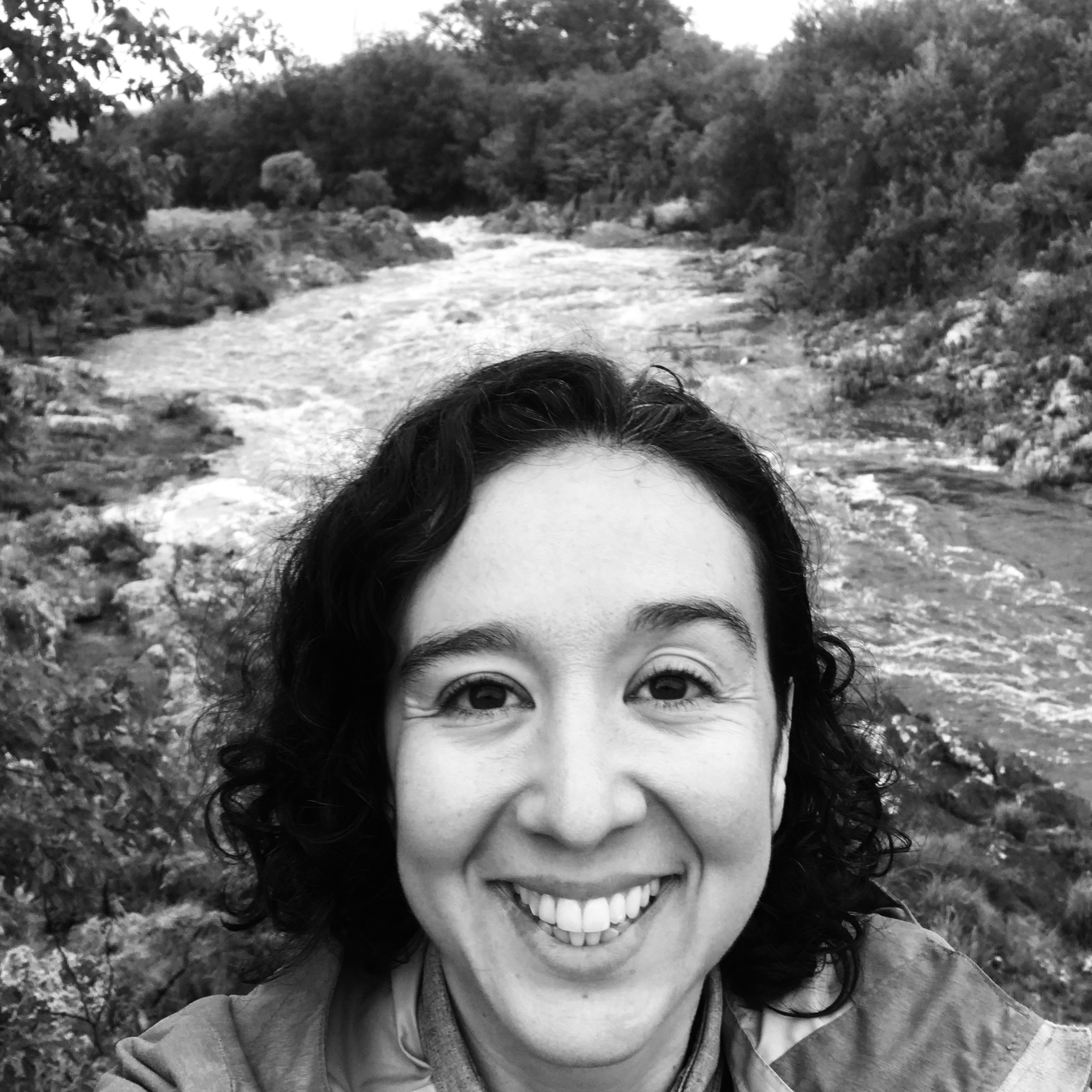
Short biography:
As a hydroclimatologist, my work is focused on the interactions between the land and the atmosphere, and more specifically, on changes in hydrology and climate due to human modification of the land surface and greenhouse gas emissions. The two primary lines of research in my group look at land-atmosphere interaction from two perspectives: 1) the effect of climate variability and change, primarily extreme events, on surface hydrology and 2) the effect of changes in surface hydrology on climate.
Abstract:
In both the atmospheric and hydrologic sciences there has been a shift from the bulk quantification of water stores and fluxes, to a more detailed analysis of the physical storage and transport processes through the use of water tracking. In this talk I will focus on my group’s work on the tracking of water in the atmosphere, the surface and the subsurface. Water tracers allow us to question and challenge assumptions about how the hydroclimate system works.
In the first part of my talk I will focus on the atmospheric branch of the hydrologic cycle. I will describe three numerical methods to track water vapor: the simple analytical Dynamic Recycling Model (DRM), the second is DRM with 2-layers (DRM-2) and the third is water vapor tracers embedded within the Weather Research Forecast (WRF-WVT) model. The differences in complexity of these methods makes them complementary and useful for different applications. Tracking water vapor that contributed to precipitation over the North American Monsoon (NAM) region has challenged the long-held assumption that NAM moisture is primarily of oceanic origin. We highlight the importance of terrestrial sources for NAM precipitation, and how monsoonal moisture can originate from terrestrial and oceanic regions located further south than previously imagined.
In the second part of my talk I will focus on the terrestrial branch of the hydrologic cycle. I will describe our efforts in incorporating water tracers into the Noah-MP land surface model. Using this model, in conjunction with water isotopes, we show that it is critical to incorporate partial mixing in the soil column to obtain a more realistic transit time distribution than the basic well-mixed assumption. When applying this model to an extreme event in the Northwestern United States, we are able to show that a large portion of this event water was retained in the soil even 6 months after the precipitation occurred. This model provides a new tool to track individual hytrometeorological events.
Arranged date for the seminar talk: Jun 27, 2019
